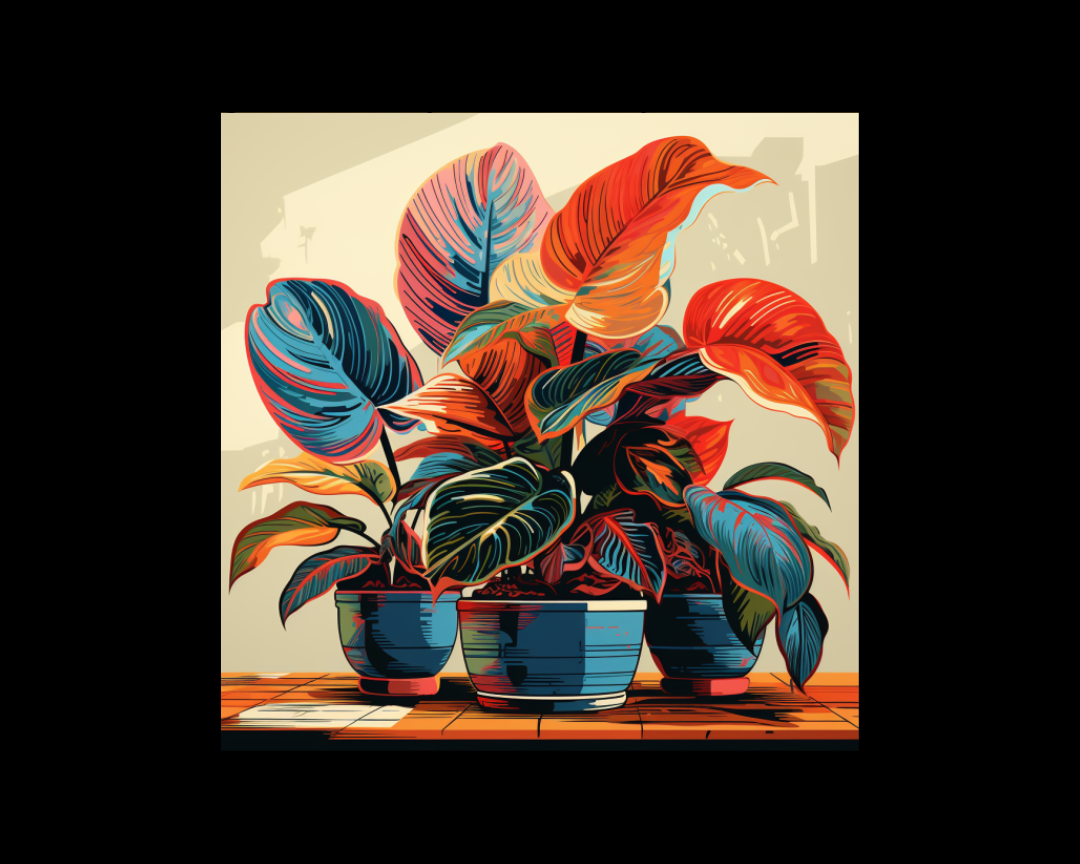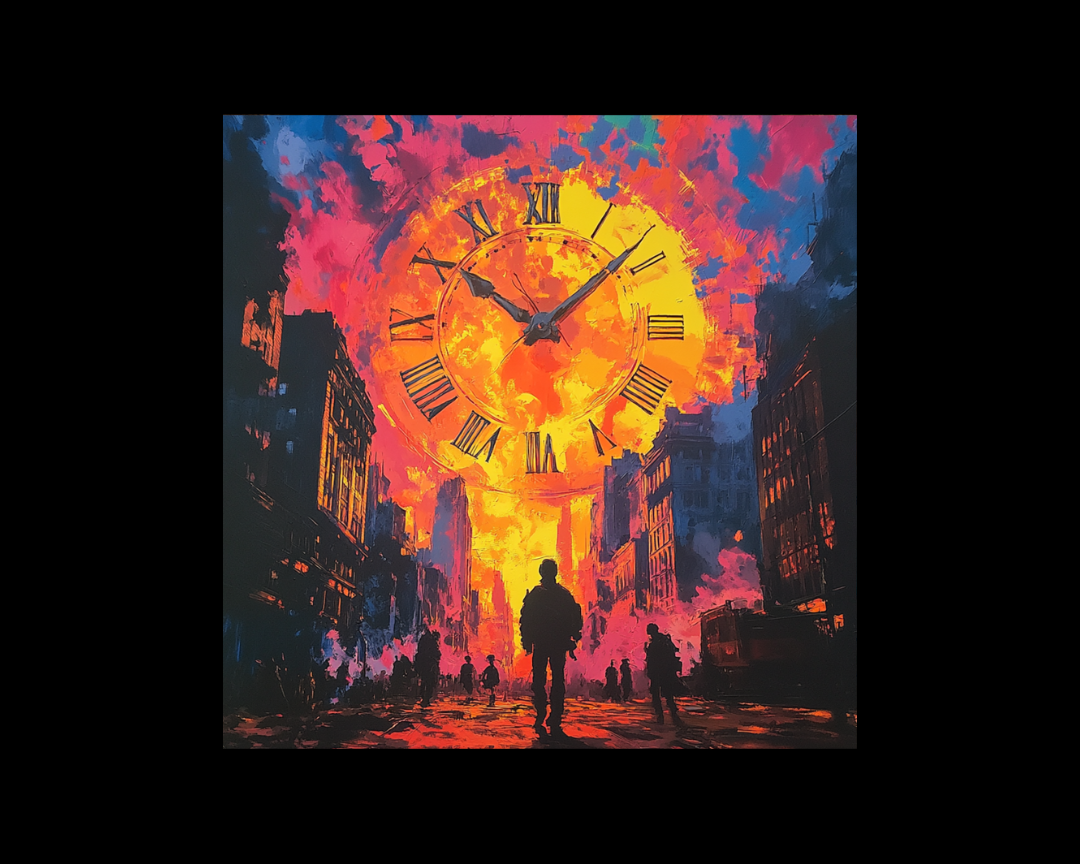How to Write a Novel in Past Tense
Choosing the right narrative tense is one of the first—and most important—decisions a novelist makes. While present tense has grown in popularity,...
2 min read
 Writing Team
:
Sep 7, 2023 8:23:33 AM
Writing Team
:
Sep 7, 2023 8:23:33 AM

Creative writing has always been a realm of endless possibilities, and sometimes, the most captivating stories sprout from the most unexpected seeds of imagination. In this article, we'll explore the whimsical world of writing 'The Diary of a Sentient Houseplant.' Yes, you read that right - we're diving deep into the surreal and exploring how you can cultivate a story that blooms with creativity.
To start this unique journey, you need a strong and intriguing concept. The very idea of a sentient houseplant is both whimsical and surreal.
To make it work, you must decide how and why the houseplant gained sentience.
Did it happen due to a scientific experiment gone awry, a magical spell, or a cosmic event? Your concept sets the stage for the entire narrative.
In 'The Diary of a Sentient Houseplant,' your houseplant is not just a potted decoration.
It's a living, breathing character.
Think about its personality, quirks, and desires.
How does it perceive the world from its unique vantage point?
Does it have a distinct voice and attitude? Creating a compelling character ensures your readers connect with the story on a profound level.
Every compelling story needs conflict, and your sentient houseplant's diary is no exception.
Consider what challenges and conflicts the houseplant faces.
Is it struggling for sunlight, battling a neglectful owner, or embarking on a quest to find its long-lost plant family?
Conflict is the fertile soil where your story's drama and intrigue take root.
The setting plays a crucial role in the story's atmosphere. Since your protagonist is a houseplant, the immediate environment is the most important.
Describe the room, the window it sits by, and the other objects sharing its space.
Create a vivid backdrop for your houseplant's adventures, allowing readers to feel like they're right there in the pot with it.
Incorporate surreal elements and symbolism to elevate your story's depth. Explore themes like growth, identity, and the human connection to nature.
Use allegorical elements to add layers of meaning to your narrative. Don't be afraid to let your creativity run wild; this is the realm where surrealism thrives.
Your writing style should reflect the uniqueness of your story. Experiment with vivid, lush descriptions for the plant's sensory experiences.
Craft sentences that mimic the ebb and flow of a diary.
Use personification to breathe life into the houseplant's perspective. Your words are the sunlight and water that help your story flourish.
After you've written the initial draft, it's time to prune and shape your narrative. Cut away unnecessary branches of your plot, refine your characters' dialogue, and ensure your diary entries flow seamlessly. Editing is essential to ensure your story is as captivating as possible.
Writing 'The Diary of a Sentient Houseplant' is an opportunity to let your creativity grow wildly. Embrace the surreal, nurture your concept and characters, and tend to the conflicts that make your story engaging.
Remember, the beauty of creative writing is that you have the power to cultivate the most extraordinary stories from the seeds of your imagination.
So, go ahead, let your writing bloom like a thriving, sentient houseplant. Your readers are waiting to be enchanted by your unique tale.

Choosing the right narrative tense is one of the first—and most important—decisions a novelist makes. While present tense has grown in popularity,...

In fiction writing, the art of keeping readers engaged is a delicate dance. Unwanted exits and narrative shifts are pivotal in shaping the reader's...
.png)
In writing fiction, or even performance art, it's essential to understand the role of a kick-off event – that opening scene that sets the stage for...